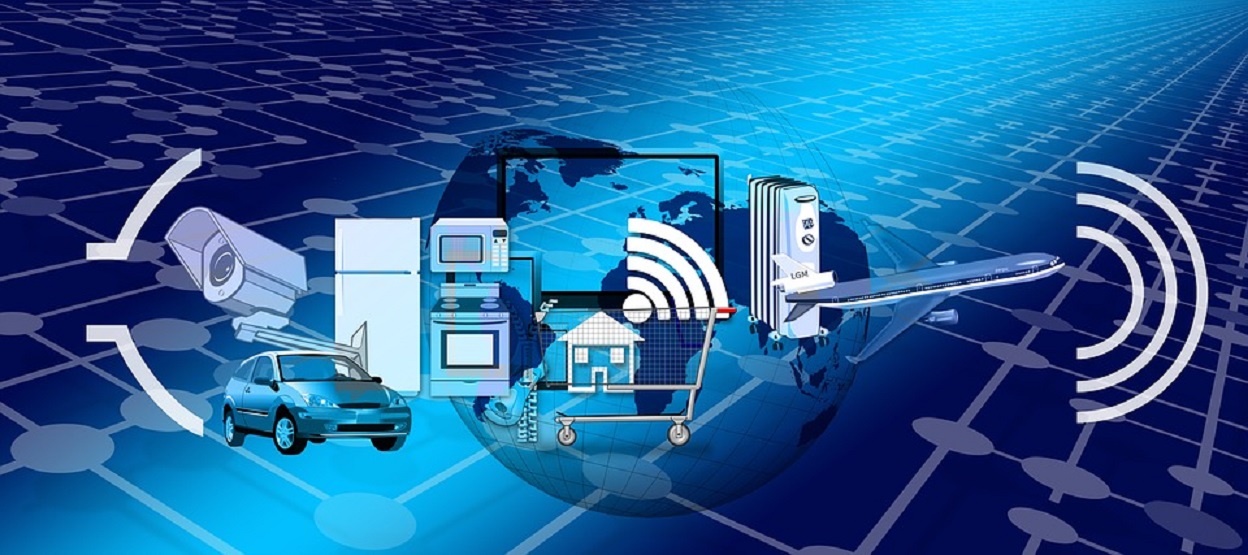This post is also available in:
 עברית (Hebrew)
עברית (Hebrew)
The fifth-generation cellular network technology known as 5G provides broadband access, and is engineered to greatly increase the speed and responsiveness of wireless networks. The faster transmission speeds and lower latency provided by 5G could enhance a variety of military applications, including autonomous vehicles, sensor networks, command and control as well as intelligence, surveillance, and reconnaissance systems. It could change the defense landscape with instantaneous transmission and reception of enormous amounts of data.
The US Defense Department is putting together a list of bases where it will test — and ultimately deploy — 5G capabilities. The Pentagon’s research and engineering group is building use cases for the technology and determining which bases are best suited to test and eventually use the capabilities, DOD CIO Dana Deasy said, as cited by fcw.com.
“One of the things we want to do is not just go in there and do experimentation and pull it out but to actually leave a capability behind that the bases can continue to use from the 5G standpoint,” Deasy said.
There is, however, a security concern regarding supply chain, especially when companies like Huawei are involved and have ties to U.S. adversaries. Deasy said that while the U.S. isn’t necessarily at a disadvantage, it needs to consider building more things domestically.
“All forms of telecommunication are going to be a part of the global market,” Deasy said, commenting on Huawei’s seeming domination in the 5G market. “There are international players that we’re concerned about I don’t think it’s an end all game — I don’t think we’re too late to the party here…there will be a constant leapfrogging.”
It will remain to see how well will defense systems coexist with what promises to be the largest cellular wireless communications network ever built.


























